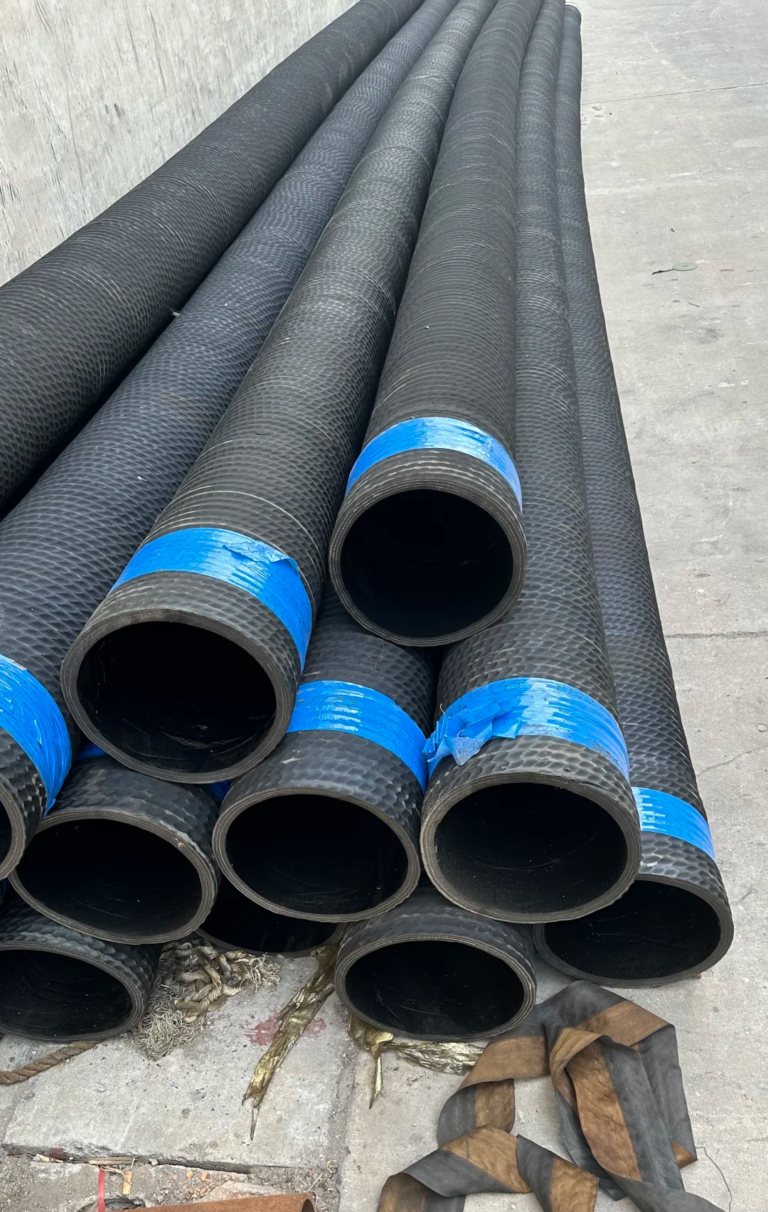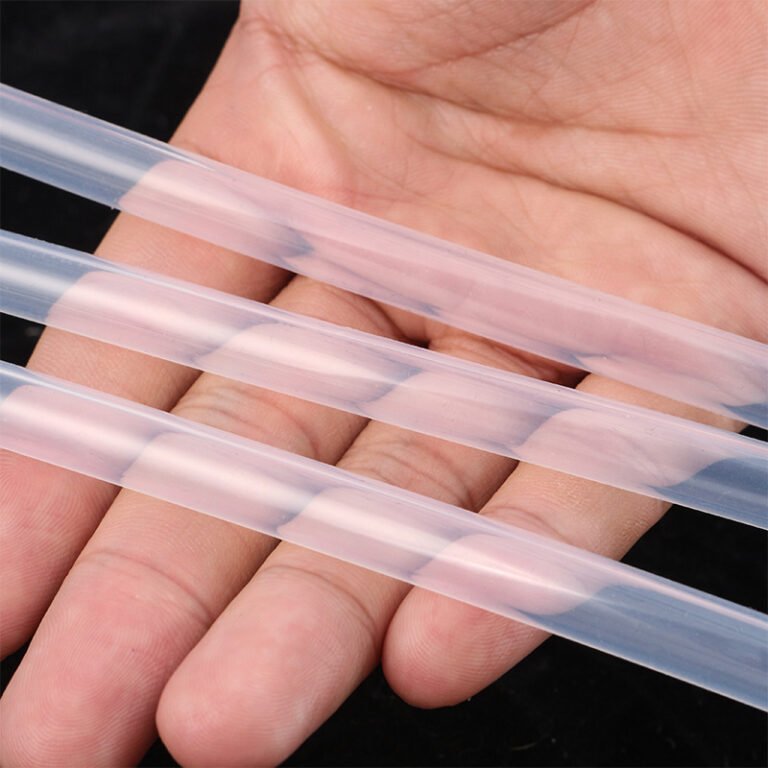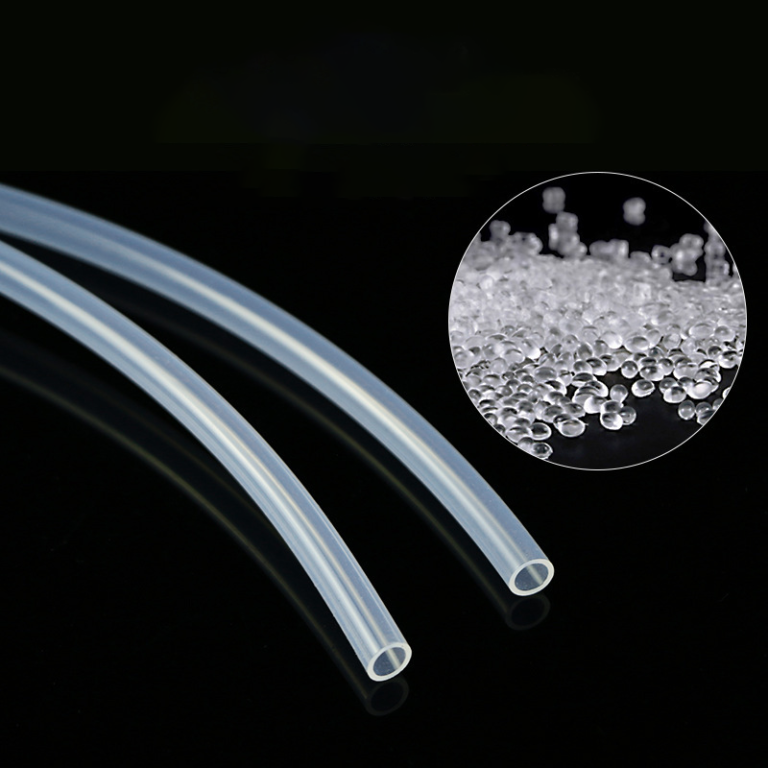Summary of various rubber performance characteristics:
1. Natural rubber (NR) has comprehensive properties, including good wear resistance, high elasticity, tensile strength, and elongation. The disadvantage is that the performance of oil resistance, heat resistance, cold resistance, chemical resistance, aging resistance, etc. is too poor, far inferior to other synthetic rubbers. Mainly used for tires, hoses, tapes, medical supplies, sports equipment, and some other industrial products. Operating temperature: -75-90 ℃.
2. Styrene butadiene rubber (SBR) has comprehensive properties comparable to natural rubber, but its wear and thermal aging properties are superior to natural rubber. When used in combination with natural rubber and various synthetic rubbers, it has good processing performance and is a universal rubber. Mainly used for rubber hoses, tires, and adhesive tapes. Rubber shoes, as well as various industrial rubber products. Operating temperature: -60-100 ℃.
3. Shunding rubber (BR) has good processing performance, excellent wear resistance and elasticity, low heat generation, and good low temperature resistance. The resistance to bending is also good, but the disadvantage is poor tear strength and skid resistance. Widely used in tires, hoses, tapes, rubber shoes, and other rubber products. Operating temperature: -100-100 ℃.
4. chloroprene rubber (CR) has good properties in terms of ozone resistance, weather aging resistance, oil resistance, solvent resistance, flame retardancy, insulation, water resistance, airtightness, tensile strength, etc. The disadvantage is poor cold resistance and high density. Suitable for rubber hoses, tapes, conveyor belts, wires and cables, air conditioning rubber products, as well as sealing products for buildings, ships, automobiles, etc. Operating temperature: -60-120 ℃.
5. Nitrile rubber (NBR) can be used for a long time at temperatures below 120 degrees Celsius, with good air tightness (second only to butyl rubber), excellent oil resistance, wear resistance, tear resistance and other performance functions (note: this material belongs to semiconductor rubber, so it is not suitable for insulation products). It is suitable for automotive, mechanical rubber hoses, seals, cable sheaths, sponge products, etc. Operating temperature: -50-120 ℃.
6. Hydrogenated nitrile rubber (HNBR) can be used in a working environment of -40-180 degrees for a long time, with good processing performance, high strength, excellent wear resistance, small permanent deformation, and unique ozone and hydrogen sulfide resistance. Suitable for engine sealing products, oil seals, oil fields, rubber products for drill pipes, low-temperature oil pipes, air conditioning pipes, and electronic system protection parts. Operating temperature: -20-150 ℃.
7. Ethylene propylene diene monomer (EPDM) has excellent properties such as heat resistance, ozone resistance, weather aging resistance, low temperature resistance, electrical insulation resistance, acid resistance, alkali resistance, etc. Widely used in building, automotive, ship door and window sealing, wire and cable, automotive, motorcycle parts, and other industrial products. Operating temperature: -50-150 ℃.
8. Silicone rubber (SR) is transparent, non-toxic, odorless, and has excellent insulation performance and processing performance. The disadvantages are poor wear resistance, tear resistance, oil resistance, and chemical resistance. Widely used in electric heating appliances, electronic and electrical industries, aviation, national defense, machinery, construction industry, medical, food hygiene fields, as well as kitchen supplies, household daily necessities, etc. Operating temperature: -60-220 ℃.
9. Fluororubber (FPM) has excellent high temperature resistance (250 degrees) and good dielectric properties, as well as excellent oxidation resistance, oil resistance, chemical corrosion resistance, wear resistance and other outstanding properties. The disadvantage is that the processing technology is relatively difficult. Widely used in scientific fields such as aerospace, missiles, and rockets, as well as various aspects of industrial equipment, such as rubber hoses, seals, wires, diaphragms, tapes, and anti-corrosion linings. Operating temperature: -40-250 ℃.
10. Butyl rubber (IIR) has the best air tightness performance among various rubbers, excellent heat aging resistance, ozone aging resistance, and electrical insulation performance, and has a wide temperature range of use. Widely used in inner tubes of tires, capsules for vulcanization, water tires, wind tires, automotive parts, wires and cables, rubber hoses, tapes, building waterproof sheets, blocking materials (such as medicine bottle caps), door and window seals, and anti-corrosion of chemical equipment. Operating temperature: -60-130 ℃.
11. Polysulfide rubber (TR) has good oil resistance, hydrocarbon solvent resistance, atmospheric aging resistance, water resistance, and good low-temperature flexibility. At the same time, it has excellent adhesion to various materials, used as automotive sealing materials, non drying rubber putty and chemical equipment lining, road paint and oil resistant paint, coatings, oil resistant rubber hoses, hollow glass seals, etc. Operating temperature: -30-80 ℃.
12. Polyacrylate rubber (ACM and ANM) has excellent air tightness, weather aging resistance, heat resistance, and oil resistance. The disadvantage is poor water resistance and low temperature resistance. The processing performance is difficult to master, and the vulcanization process is corrosive to the mold. Mainly used for sealing components in the automotive industry and special requirements for rubber hoses and tapes, it is also applied in the manufacturing of wire and cable gloves, adhesives, etc. that come into contact with high-temperature oil. Operating temperature: -30-200 ℃.
13. Ethylene ethyl acetate rubber (EVW) can be used for a long time at a high temperature of 175 degrees Celsius, with excellent flame retardancy and oil resistance. The product has minimal compression deformation at high temperatures. Suitable for subways, high-rise buildings, and marine high-performance halogen-free flame-retardant wires, cables, and other sealing products.
Chlorinated polyethylene (CPE) is a special synthetic rubber that is heat-resistant, weather resistant, and flame resistant. It has excellent electrical and chemical properties, as well as advantages such as oil resistance, ozone resistance, weather resistance, heat aging resistance, and flame resistance. It is widely used in wires and cables with good flame and weather resistance, sealing products, and industrial products such as rubber hoses, tapes, and rollers that require temperature resistance, acid resistance, and flame resistance.
15. Thermoplastic styrene butadiene rubber (SBS) is currently the largest (7%) and most economical thermoplastic elastomer variety in production. Its performance is similar to that of styrene butadiene rubber, with more elasticity, tactile feel, rich color, format, and low hardness products. The disadvantage is poor heat resistance and oil resistance. Widely used in the fields of handles, toys, sports equipment, shoe materials, etc.
16. Thermoplastic elastomers (SEBS) are saturated SBS produced by hydrogenation, which are resistant to aging and ozone, and have significantly improved original properties, making them particularly suitable for outdoor use. The disadvantage is poor heat resistance and oil resistance. The temperature range for use is between -60 and 100 degrees Celsius. Widely used in fields such as handles, toys, sports equipment, medical accessories, etc.
17. Thermoplastic elastomers (TPVs) are dynamically vulcanized EPDM/PP blends. Cold and heat resistant, excellent elasticity, aging resistance, ozone resistance, tear strength, chemical resistance, excellent coloring performance, can be used for a long time at temperatures between -60-135. Widely used in automobiles, ships, mechanical parts, rubber hoses, tapes, and various industrial products, commonly used for extruding various sealing strips.
18. Thermoplastic polyurethane rubber (TPU) has outstanding wear resistance, high elasticity, high mechanical strength, excellent oil resistance, and excellent flexural resistance. Its long-term use temperature can be between -40 and 120 degrees. The disadvantage is that there are very few varieties with low hardness. Widely used in the automotive industry for brake pipes, oil pipes, interior parts, cables, pipes, shoe materials and sports equipment, as well as foreign materials.
19. Polyvinyl chloride (PVC) is currently one of the most widely used plastic varieties, which is economical and has excellent flame retardancy, chemical resistance, high wear resistance, and good electrical insulation. The disadvantage is poor cold resistance, it becomes hard and brittle in winter, and its chlorine is irritating. Widely used in various industries, such as automobiles, construction, machinery, daily necessities cables, etc. Widely used in fields such as door and window sealing.





